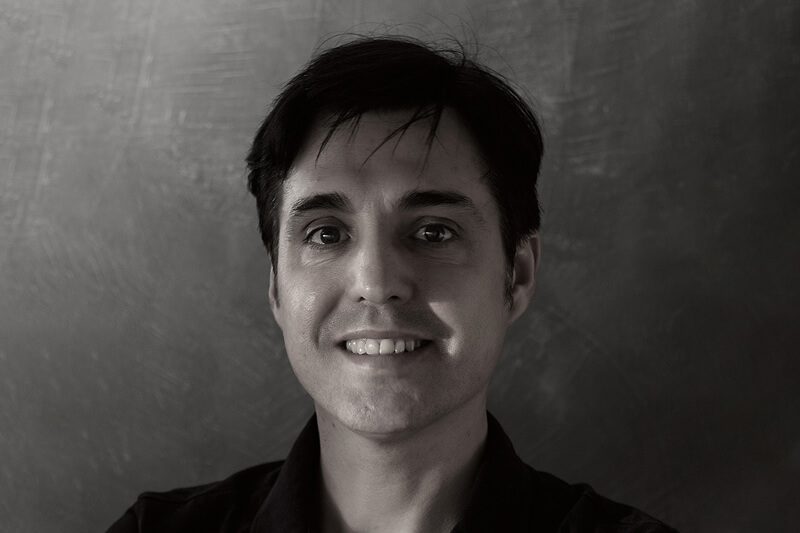For this engineer and self-taught photographer born in Spain in 1971, photography is equally essential both, to communicate the beauty and to reflect on the complex socio-environmental issues, which threaten our planet.
He started in photography making landscape photography, but depicting nature is not enough. Pictures of great landscapes may not be the best way to move consciences and change our values and morals. His photography becomes what some journalist called "Philography", photography to philosophize, photography to make people think, to reflect. Photography used as a mean for expressing ideas, transmission of messages, and provoking reactions. Photography as a means to let out the images generated in his mind, imagination and creativity.
For this purpose, the artist uses both the object and various photographic techniques like expression way, to delve into the plot of reflection, ideas and dreams. Photography to transmit a clear message, sometimes critical.
His landscape photographs begin to turn to black and white and later they go unstructuring seeking to convey a clearer message. One of the first projects in which the search for new forms of expression begins is the "Unstructured Sunset" project that can be seen in this brief presentation.
After receiving numerous national and international awards, he present in 2018 his first major project "Habitat, beyond photography", moving from local exhibitions to being invited to international festivals. In 2019 I present this project, together with the most recent "In Our Hands" at the Xposure International Photography festival in Sharjah (United Arab Emirates); different projects but both focuses on the future of our planet.
The work "Habitat, beyond photography" explores the relationship between development and nature, between development and the environment and especially between the world of automotive and the environment. It focuses on the serious problem of the mobility habits of today's society, traffic and pollution.
It uses internal elements of the explosion engine, (intake valves, exhaust valves, spark plugs, camshafts, injectors, timing chain, and so on) transforming and stamping these objects with a new meaning, creating visual metaphors where nothing is as it seems.
In "In Our Hands" he uses multiple exposure in camera without digital manipulation to create images that show a stubborn reality, we are nature and his future is in our hands.
